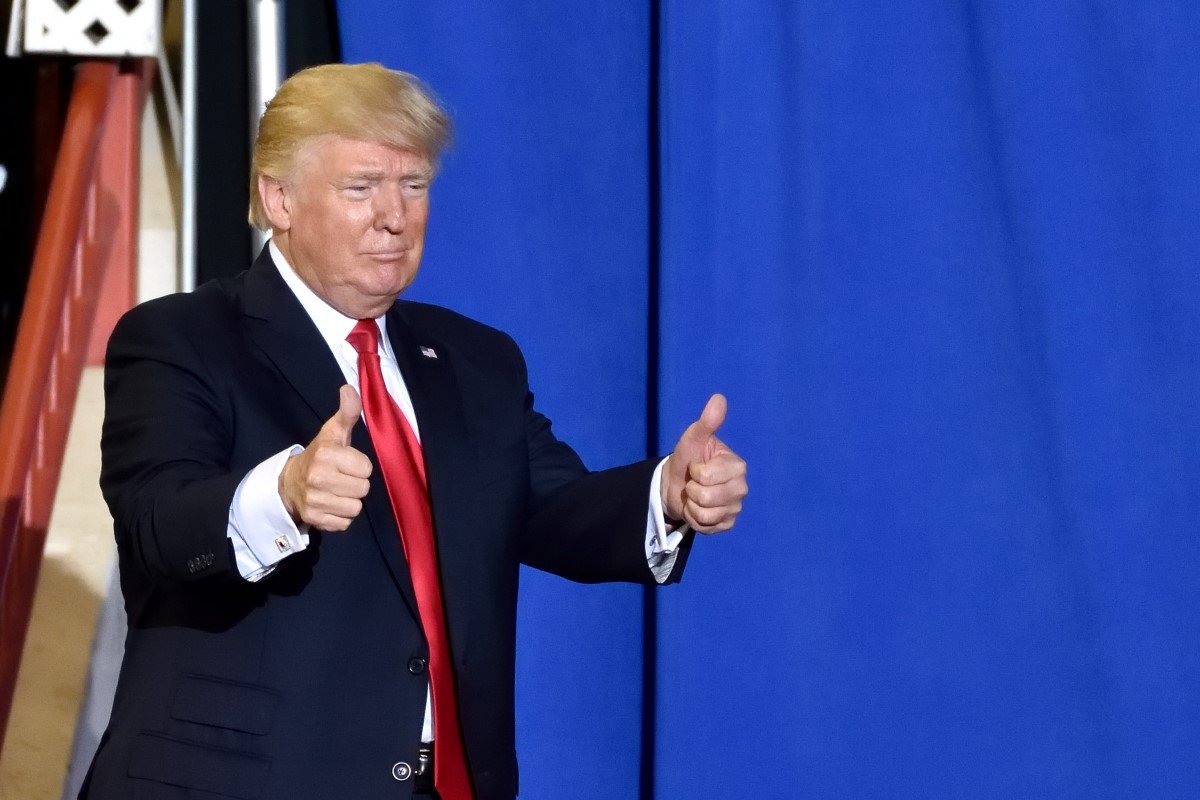Several states in the U.S. are reopening. Thus, millions of people have returned to work. In some cases, those workers can continue collecting benefits for unemployment, however. The pay will include both the $600-a-week enhanced benefits funded by the federal reserve and state-level benefits.
In May, the United States economy added 2.5 million jobs. This is a surprising turnaround that economists largely attribute to Americans who had let go from their jobs, being recalled because states are loosening their rules around closures for business.
However, according to the Labor Department, around 30 million Americans still collect unemployment benefits.
Workers can continue to get a partial unemployment check. Moreover, this will be possible even if they are recalled on a part-time basis. Nevertheless, full-time workers are not eligible for this check.
If fully unemployed, they will get a smaller unemployment check. This is because benefits are usually supported by job wages.
There are two ways that this can occur – via reduced unemployment insurance benefits or a work-sharing program.
According to experts, the latter is generally preferable to the former.
For example, the partial unemployment benefits require a more substantial reduction in work hours for a person to be eligible.
Also, the arrangement often pays less handsomely than work-sharing programs. This is because of the differences in how a state calculates the benefits in each program.
Nevertheless, there are some caveats.
Work-sharing programs are only available in around half of the United States. Despite that, an employer needs to offer the program to its workers for them to enroll. Nevertheless, all states are offering partial unemployment benefits.
Unemployment Program
Workers get a substantial, but temporary financial benefit, in both programs.
They will receive the extra $600 a week authorized by the CARES Act along with their reduced state unemployment check. That enhancement can allow workers to make more than their full-time salaries with those arrangements. Nevertheless, extra pay will end after July 31.

Work-sharings programs are also known as short-time compensation or shared-work programs, which an employer can offer a worker.
They allow businesses to reduce hours for a group of employees, the range being 10% to 60%.
By letting them reduce worker hours instead, the arrangement helps businesses to avoid laying off workers. Moreover, to compensate for lost wages, those workers receive prorated unemployment benefits from the state.
For instance, a worker whose hours are cut by 50% will get half their regular unemployment check and the $600 weekly enhancement of federal along with their wages.
The employer needs to submit a plan to their state. Then it must have approval before workers may begin receiving benefits.
Partial unemployment benefits are complex. Experts said that the rules vary significantly between states.
Susan Houseman is a research director at the W.E. Upjohn Institute for Employment Research. According to her, for work-sharing programs, workers must have their full-time hours cut considerably. It must be more than the maximum of 60%. Only then will the worker be eligible.
She added that you must earn extraordinarily little.
This is the situation in the United States.













